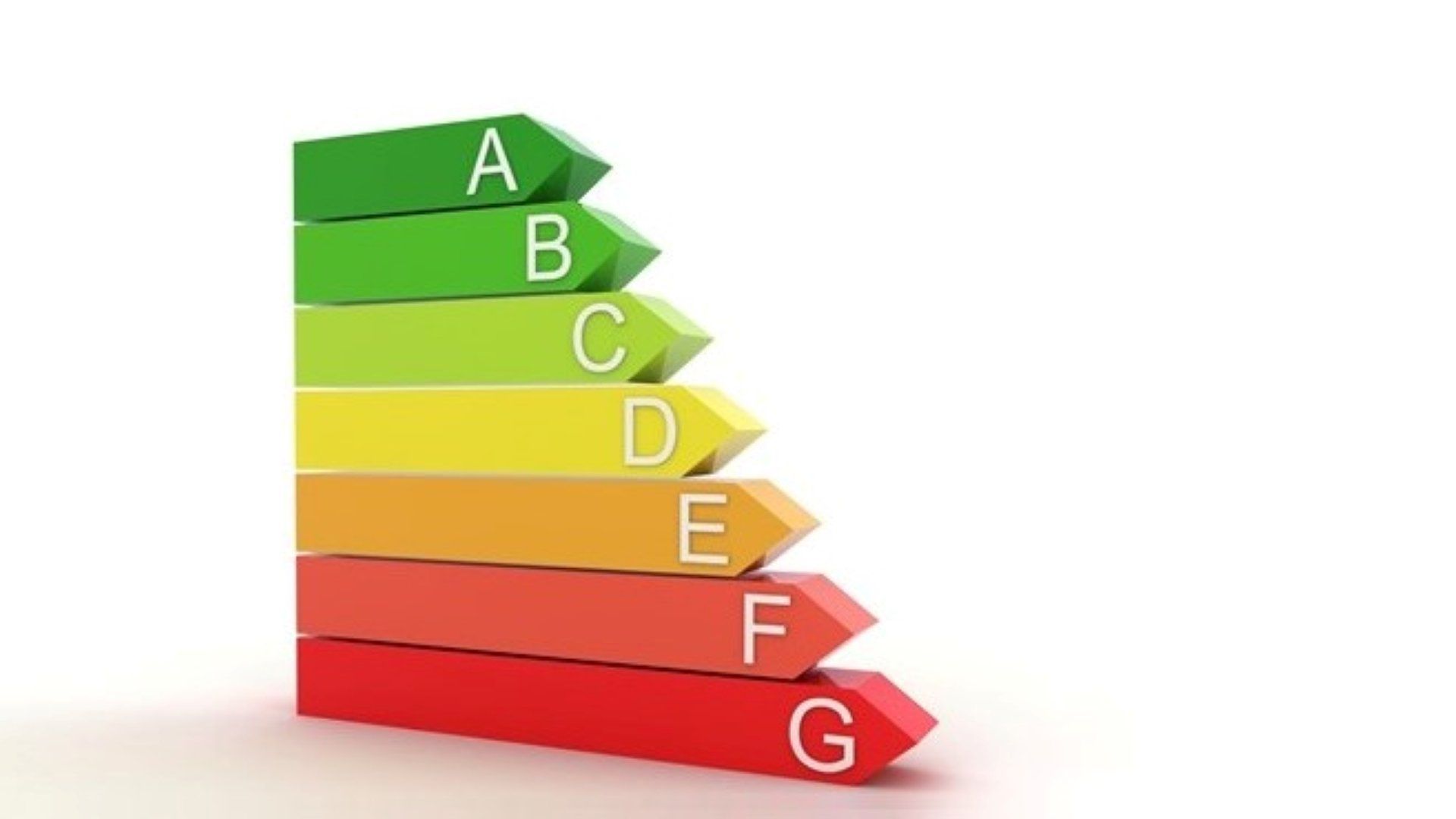+385 51 677 809
+385 91 605 1497
URED VELIKA GORICA
+385 1 6219 566
+385 98 948 7019
info@nekretnine-stangrad.hr
www.nekretnine-stangrad.hr

Real estate sellers struggle to obtain documentation that must be attached to the property that they are selling. One of the most important documents that the seller has to obtain is the energy certificate. This rule applies from 1 January 2014 and each seller is obliged to comply with it, otherwise he will have to pay a fine ranging from 5,000 to 30,000 Kuna. In addition to the seller, since 2016, the landlords are obliged to provide an energy certificate of their real estate.
Below you will find general information on energy certification together with organizations authorized to issue energy certificates, the description of the energy certification process itself, the energy class description and ultimately the energy certification fee.
Energy certification in general
Energy certification refers to a set of procedures required to issue an energy certificate, that is, a document proving the energy characteristics of a building. The term of validity of the energy certificate is ten years and contains general information about the building, the energy class of the building, the validity period, the data of the person who issued and produced the certificate and the data on the persons involved in its issuance, then the energy certificate, the thermomechanical system data, energy needs of the building, data on the use of renewable energy sources, a proposal for measures to improve the energy efficiency of the building and various other information.
As already mentioned in the introduction, all real estates should also have an energy certificate besides following types of properties:
- building used for holding religious ceremonies or religious activities
- a temporary building with usage term of two years or less, an industrial plant, workshop and a non-residential agricultural building with small energy needs
- a residential building that is used less than four months a year
- a free-standing building with a total usable area of less than 50 m2
Any owner of a property who wants to sell or lease it, is obliged to obtain an energy certificate before the sale or lease, which will be delivered to the buyer or lessee after the conclusion of a sales contract or lease agreement. Also, when advertising real estate, it is necessary to specify the energy class of the building.
Energy certification process
A set of procedures preceding the issuance of an energy certificate is carried out by authorized persons, energy certifiers. These procedures include energy inspection of the building, drafting of the budget of climatic data necessary for the display of specific annual heat energy for heating and cooling, the calculation of the specific annual delivered and primary energy and CO2 emissions and determining the energy certificate of the building.
In the Registry, you can check who are authorized experts to carry out energy inspections and energy certification of the building and who can help you to acquire the energy certificate. The energy inspection of the building includes the following activities:
- preparatory actions,
- collection of all necessary information and information on the building,
- conducting control measurements as needed,
- analysis of consumption and costs of all forms of energy and water for the period of the previous three calendar years,
- proposed measures to improve the energy efficiency of the building i.e. to improve the energy performance of buildings that are economically justified with the budget of the period of return on investment and the price sources for the implementation of the proposed measures,
- report and conclusion with recommendations and order of implementation of economically justified measures for improving the energy efficiency of the building or the energy characteristics of the building.
In addition, analyzes related to: energy management in the building, thermal characteristics of the outer envelope, heating, cooling, ventilation and air conditioning systems, and the system for the preparation of hot water, then the system of power supply, distribution and consumption of electricity, electrical lighting system, water supply, measurements, regulations, control and alternative energy supply systems.
Issuance of energy certificate for new and existing buildings
There is a difference between issuing an energy certificate for new and existing buildings. For existing buildings, are necessary the activities already described above that include activities ranging from the energy inspection of the building until the determination of the energy class of the building. For new buildings, the energy certification process is much simpler and does not include an energy inspection of the building. Data on rational use of energy and heat protection of the building certifiers obtain from the Main Design.
Remaining information is collected from the written statement of the contractor on the works performed and the conditions of the building maintenance, visual inspection of the building and a review of the supervising engineer's final report (if necessary).
Energy classes
Energy classes evaluate energy efficiency of real estate and show annual energy consumption per square meter (kWh/m2). There are in total 8 energy classes and the real estate can be placed in one of them after an inspection. Energy classes from the most energy-efficient buildings to the least efficient ones are:
- In energy class A+ are placed the most efficient buildings, known as passive houses. Such buildings almost do not consume energy because of their excellent insulation, the use of ball-return systems and renewable energy sources. Buildings in energy class A+ spend less than 15 kWh/m2.
- Energy class A represents low-energy buildings with good insulation, multiple insulated walls, triple PVC joinery and renewable energy sources.
- Energy class B consists of buildings that use excellent insulation and are well protected by adjacent buildings
- Energy class C represents well-isolated properties and newer dwellings.
- Energy class D consists of houses isolated from all sides, with PVC joinery and insulated flats on the edge of the barn, or apartments that are poorly insulated, but surrounded by other flats.
- Energy class E includes houses and dwellings whose energy efficiency is considerably lower than buildings classified in one of the abovementioned classes. The houses have minimal insulation and cheap aluminum or wooden joinery, and the flats are located in older buildings with poor joinery and their location inside the building is not suitable.
- The most non- energy-efficient buildings are classified in the energy classes F and G. Such houses are not isolated or do not have facade, and apartments except being poorly insulated are located at the edge of the building. In G class, there are buildings that consume more than 250 kW/m2.
If you want that your property changes the energy class, you have to invest additionally. Generally, as real estates are more energy efficient, it is more likely to sell them and the seller will easier achieve a higher selling price. For example, to classify your property in class B from class F or G is enough to implement high-quality thermal protection. However, for Class A and A+ it is necessary to implement renewable energy sources in order to reduce energy consumption.
Prices for issuing energy certificates
To get the energy certificate you have to keep in mind that it can cost you up to several thousand Kuna. The Ministry of Construction and Physical Planning has prescribed maximum prices, but in practice the price of the certificate itself depends on the agreement between you as a client and the energy certifiers who will issue you the certificate. For a single apartment in an existing building, the maximum price is 2,700 Kuna, for residential buildings with a square of 50 to 250 m2 to 4,750 Kuna, while for a house up to 400 m2 is a maximum of 7,400 Kuna.
Copyright © 2024 STAN GRAD d.o.o.
Impressum | Sitemap
StanGrad nekretnine na Realitica, Powered by: NEKRETNINE1.PRO

